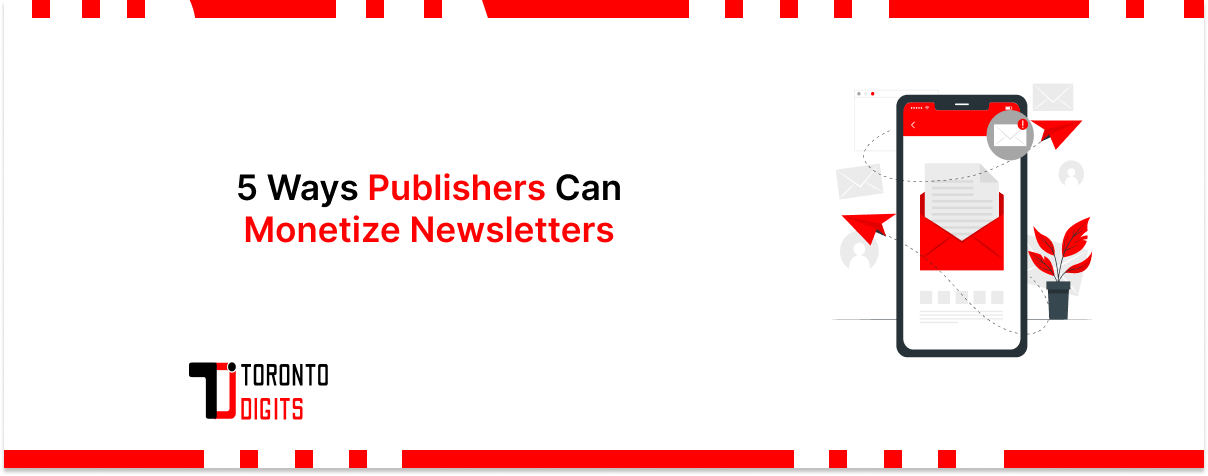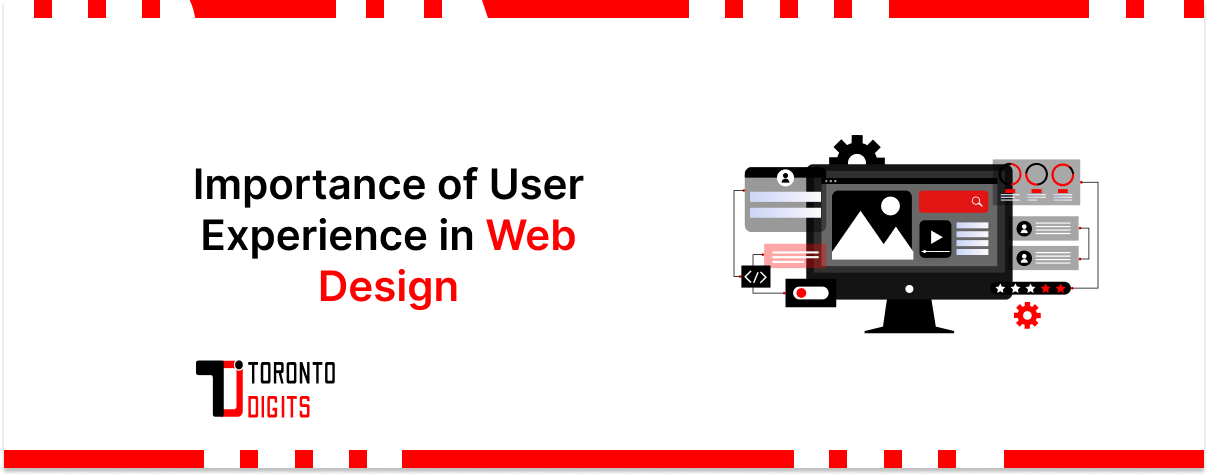NFTs, or Non-Fungible Tokens, have come a long way since their inception in 2014 when Kevin McCoy and Anil Dash created the first-ever NFT. What started as a niche concept has now evolved into a transformative force reshaping industries like art, gaming, real estate, music, and even identity verification. In 2025, NFTs are no longer just digital collectibles; they symbolize ownership, exclusivity, and a new frontier in the digital economy.
What is an NFT?
An NFT (Non-Fungible Token) is a unique digital asset that represents ownership of a specific item or piece of content. Unlike cryptocurrencies such as Bitcoin or Ethereum, which are fungible and interchangeable, each NFT is distinct and irreplaceable. NFTs function as digital certificates of authenticity stored on a blockchain, ensuring their uniqueness and provenance.
NFTs can exist in various forms, including:
- Digital art
- Music and videos
- In-game assets
- Virtual real estate
- Collectible trading cards
- Domain names
- Membership passes and event tickets
Their metadata, securely stored on the blockchain, guarantees authenticity, ownership, and transaction history, making NFTs highly valuable in the digital space.
How Do NFTs Work?
NFTs operate on blockchain technology, with Ethereum remaining the dominant network. However, alternative blockchains like Solana, Binance Smart Chain, Flow, and Polygon are gaining traction due to their lower transaction fees and faster processing times.
The NFT Lifecycle:
- Minting – A creator uploads digital content to a blockchain, transforming it into an NFT.
- Storage & Ownership – The blockchain records metadata and ownership details.
- Buying & Selling – NFTs are traded on marketplaces like OpenSea, Blur, Rarible, and Magic Eden.
- Royalties & Smart Contracts – Creators can program royalties into smart contracts, ensuring they receive a percentage of future sales.
How Much is an NFT Worth?
The value of an NFT is determined by several key factors:
- Scarcity – Limited-edition NFTs often hold higher value due to exclusivity.
- Utility – NFTs can serve functions beyond collectibles, such as granting access to exclusive communities, events, or premium content.
- Ownership History – NFTs linked to celebrities, influencers, or renowned artists tend to fetch higher prices.
- Market Demand – Popularity and hype in the NFT space can significantly influence pricing.
- Cultural & Social Relevance – Trends and community backing can make certain NFTs more desirable.
The Future of NFTs in 2025 and Beyond
NFTs are evolving beyond hype, integrating into everyday life and emerging industries. Here’s how NFTs are shaping the future:
1. NFTs & The Metaverse
The metaverse economy relies heavily on NFTs for virtual real estate, digital identities, wearables, and play-to-earn gaming assets. Platforms like Decentraland, The Sandbox, and Otherside have fueled this digital transformation.
2. AI-Generated NFTs & Dynamic NFTs (dNFTs)
AI-generated NFTs allow creators to develop adaptive, evolving, or AI-interactive digital assets. Dynamic NFTs (dNFTs) update their characteristics based on real-world data, such as sports statistics or stock market trends.
3. NFT Ticketing & Real-World Authentication
NFT ticketing systems are eliminating scalping and fraud in events, concerts, and sports. Additionally, brands like Nike and Gucci use NFTs for product authentication and digital twins of physical goods.
4. NFTs in Music & Film
Musicians and filmmakers use NFTs to distribute content directly to fans, ensuring fair royalties without intermediaries. Platforms like Royal and Sound.xyz empower artists to monetize their work through blockchain technology.
5. Fractionalized NFTs & Tokenized Assets
Real estate and luxury goods are being tokenized into fractionalized NFTs, allowing multiple people to own a piece of high-value assets such as property, classic cars, and fine art.
How to Buy an NFT in 2025?
Purchasing an NFT is easier than ever, thanks to improved user-friendly platforms and mainstream adoption. Follow these steps:
- Set Up a Digital Wallet – Popular choices include MetaMask, Phantom (for Solana), and Trust Wallet.
- Fund Your Wallet – Buy cryptocurrency (ETH, SOL, or BNB) from exchanges like Binance or Coinbase.
- Choose an NFT Marketplace – Platforms like OpenSea, Blur, Rarible, and LooksRare offer various NFTs.
- Connect Your Wallet – Authorize the marketplace to interact with your wallet.
- Browse & Buy – Select an NFT, click “Buy Now,” and approve the transaction.
- Store Securely – Keep your NFT in your wallet and ensure your private keys are safe.
How to Create and Sell Your Own NFT?
NFT creation is more accessible than ever, allowing artists, musicians, and brands to monetize digital assets efficiently. Here’s how:
- Create Your Digital Asset – Design unique artwork, music, video, or digital item.
- Choose a Blockchain – Ethereum, Solana, and Polygon are popular choices.
- Mint Your NFT – Use platforms like OpenSea, Rarible, or Magic Eden to mint your asset.
- Set Royalties & Pricing – Decide the percentage of royalties and initial sale price.
- List Your NFT for Sale – Upload to an NFT marketplace.
- Promote Your NFT – Leverage social media, NFT communities, and influencer marketing to maximize visibility.
Final Thoughts:
NFTs are far from a passing trend. They are integrating into mainstream industries, offering real-world applications, and revolutionizing digital ownership. As the market matures, the focus is shifting from speculative investments to functional, utility-driven NFTs that power the metaverse, gaming, and decentralized finance.
The key to success in the NFT space is understanding its evolving landscape, investing in utility-based projects, and staying ahead of emerging trends. Whether you’re an artist, investor, or enthusiast, NFTs in 2025 present exciting opportunities for innovation and financial growth.
What are your thoughts on the future of NFTs? Drop your insights in the comments below!




